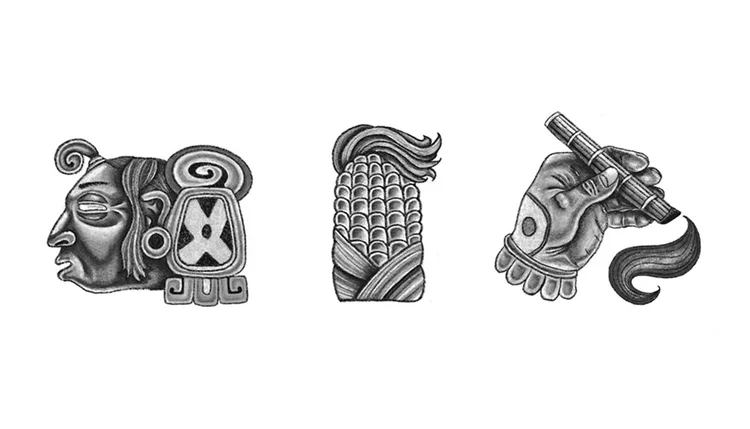Jaguar Cerámica - 24” W x 24” H, Acrylic Paint on Wood
The Classic Jaguar Ceramic from Nicaragua’s Pre-Columbian past is a striking example of the region’s ancient artistry, mythology, and spiritual beliefs. These ceramics, often associated with the Greater Nicoya culture, reflect the importance of the jaguar iin Indigenous societies.
Significance of the Jaguar in Nicaraguan Pre-Columbian Art
Symbol of Power – The jaguar represents strength, shamanic transformation, and the underworld, often linked to rulers and spiritual leaders.
Ceremonial Use – Found in burial sites and temples, these ceramics played a role in rituals, ancestor veneration, and funerary offerings.
Distinctive Design – Featuring intricate patterns and stylized jaguar faces, some were full effigies, while others incorporated jaguar motifs on vessels and masks.
Cultural Influences – Reflects Mesoamerican and South American artistic traditions, with ties to the Maya, Nahua, and Chorotega.
Shamanic Connection – Likely used in hallucinogenic rituals, where shamans believed they could transform into jaguars.
Where Have Jaguar Ceramics Been Found?
Granada and Ometepe Island – Rich in pre-Columbian artifacts, these sites have yielded jaguar ceramics in burial mounds and ceremonial centers.
Rivas and the Greater Nicoya Region – Excavations have uncovered jaguar-adorned vessels and effigies linked to high-status burials.
Zapatera Island – A significant ceremonial site with numerous petroglyphs, stone statues, and ceramics featuring jaguar imagery.
These ceramics remain a testament to Nicaragua’s Indigenous heritage, highlighting the jaguar’s role as a powerful spiritual and cultural symbol.
A ceramic vessel in feline form from Greater Nicoya dates to around 1300, when the Chorotega and the Nicarao peoples are thought to have coexisted in the region.
CULTURE: Guanacaste-Nicoya. PERIOD VI: 1200–1400 AD. LOCATION: Rivas Region, Nicaragua
Culture: Nicoya, Location: Costa Rica, circa 1250—1550




